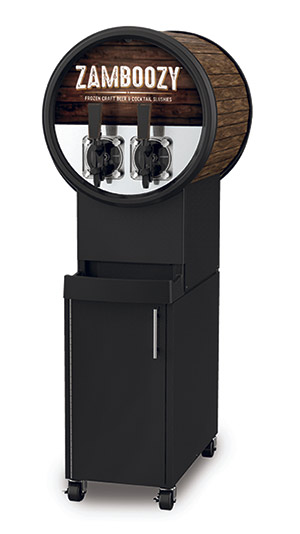The condition of front-of-house equipment and units visible to customers, such as heated display merchandisers, serves as a reflection of an operation. Keeping this equipment clean and properly maintained plays a critical role in the success of any retail operation as doing so will enhance the appearance of food displays and therefore draw customers.
Refrigeration, Storage and Handling Guides
Ice-O-Matic
 The 15” wide unit makes up to 273 pounds of ice every 24 hours. The unit is suitable for use in restaurants, offices and healthcare facilities. The four touch-free dispensing options include ice, water, ice and water combined, and a pitcher setting.
The 15” wide unit makes up to 273 pounds of ice every 24 hours. The unit is suitable for use in restaurants, offices and healthcare facilities. The four touch-free dispensing options include ice, water, ice and water combined, and a pitcher setting.
Purchasing Considerations for Heated Merchandisers
Drop-in wells can effectively keep food hot and/or cold, depending on the unit. An operation’s menu always dictates how many wells it requires. Other factors that determine the necessary number of wells include quantity of food or number of people the operation will serve.
Heated merchandisers hold hot food at safe temperatures between 140 degrees F and 160 degrees F. Operators can use these units in the back or front of house to keep food accessible and hot prior to serving. Self-serve units help create impulse sales opportunities in grab-and-go applications.
Refrigeration, such as walk-ins and reach-ins, holds ingredients cold and at food-safe temperatures until operators need to serve the food or assemble menu items. In contrast, blast chillers remove heat from food items, bringing them down to safe temperatures.



















